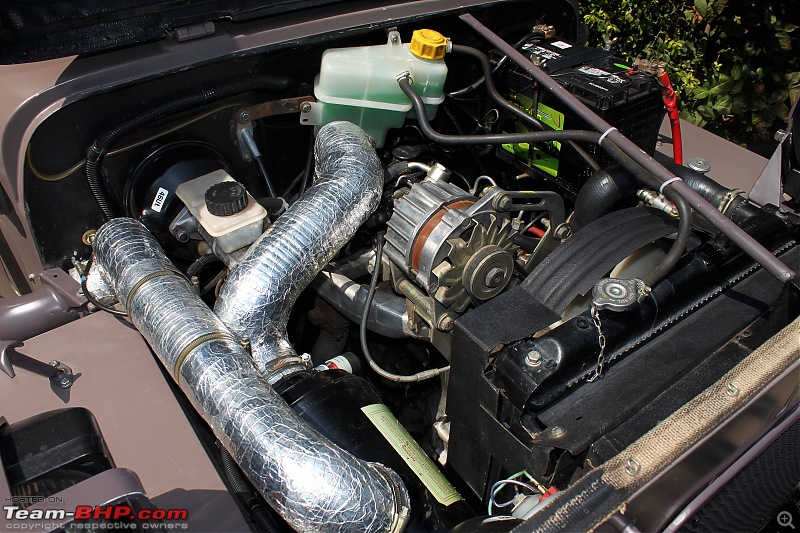| | #16 |
| Senior - BHPian | |
| |  (1)
Thanks (1)
Thanks
|
| |
| | #17 |
| BHPian Join Date: Dec 2008 Location: jaipur
Posts: 125
Thanked: 151 Times
| |
| |  (5)
Thanks (5)
Thanks
|
| | #18 |
| BANNED | |
| |  (1)
Thanks (1)
Thanks
|
| | #19 |
| BHPian | |
| |
| | #20 |
| BHPian Join Date: Feb 2013 Location: Hyderabad
Posts: 33
Thanked: 11 Times
| |
| |
| | #21 |
| BHPian Join Date: Dec 2008 Location: Semi-nomadic
Posts: 143
Thanked: 11 Times
| |
| |  (1)
Thanks (1)
Thanks
|
| | #22 |
| BHPian Join Date: Dec 2008 Location: Semi-nomadic
Posts: 143
Thanked: 11 Times
| |
| |  (1)
Thanks (1)
Thanks
|
| | #23 |
| BHPian Join Date: Feb 2011 Location: Hyderabad
Posts: 139
Thanked: 90 Times
| |
| |  (1)
Thanks (1)
Thanks
|
| | #24 |
| Senior - BHPian | |
| |  (3)
Thanks (3)
Thanks
|
| | #25 |
| BHPian Join Date: Sep 2008 Location: New Delhi
Posts: 271
Thanked: 84 Times
| |
| |  (1)
Thanks (1)
Thanks
|
| | #26 |
| Senior - BHPian Join Date: Jan 2012 Location: Bangalore,Coorg
Posts: 1,088
Thanked: 765 Times
| |
| |  (1)
Thanks (1)
Thanks
|
| |
| | #27 |
| BHPian Join Date: Mar 2005 Location: goa
Posts: 996
Thanked: 67 Times
| |
| |
| | #28 |
| Senior - BHPian | |
| |  (1)
Thanks (1)
Thanks
|
| | #29 |
| Distinguished - BHPian  | |
| |
| | #30 |
| BANNED | |
| |  (1)
Thanks (1)
Thanks
|
 |
Most Viewed







